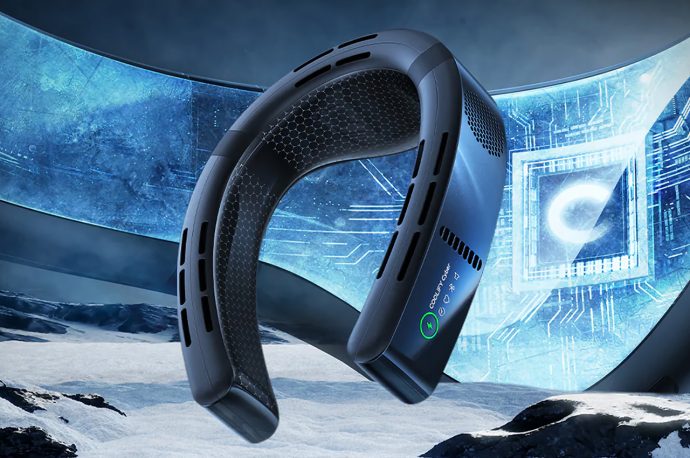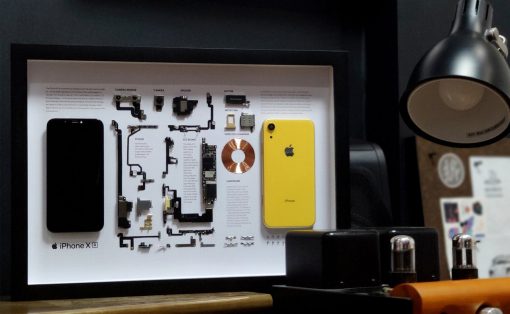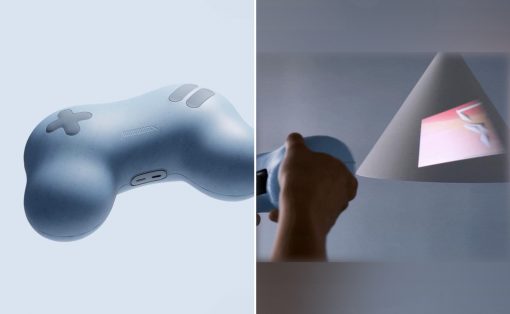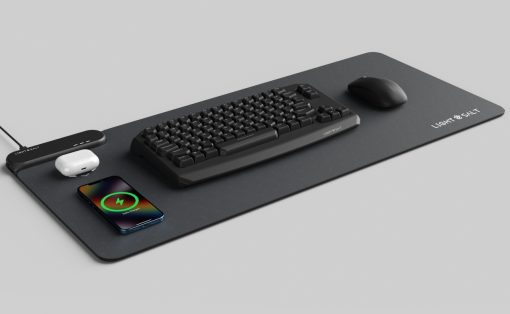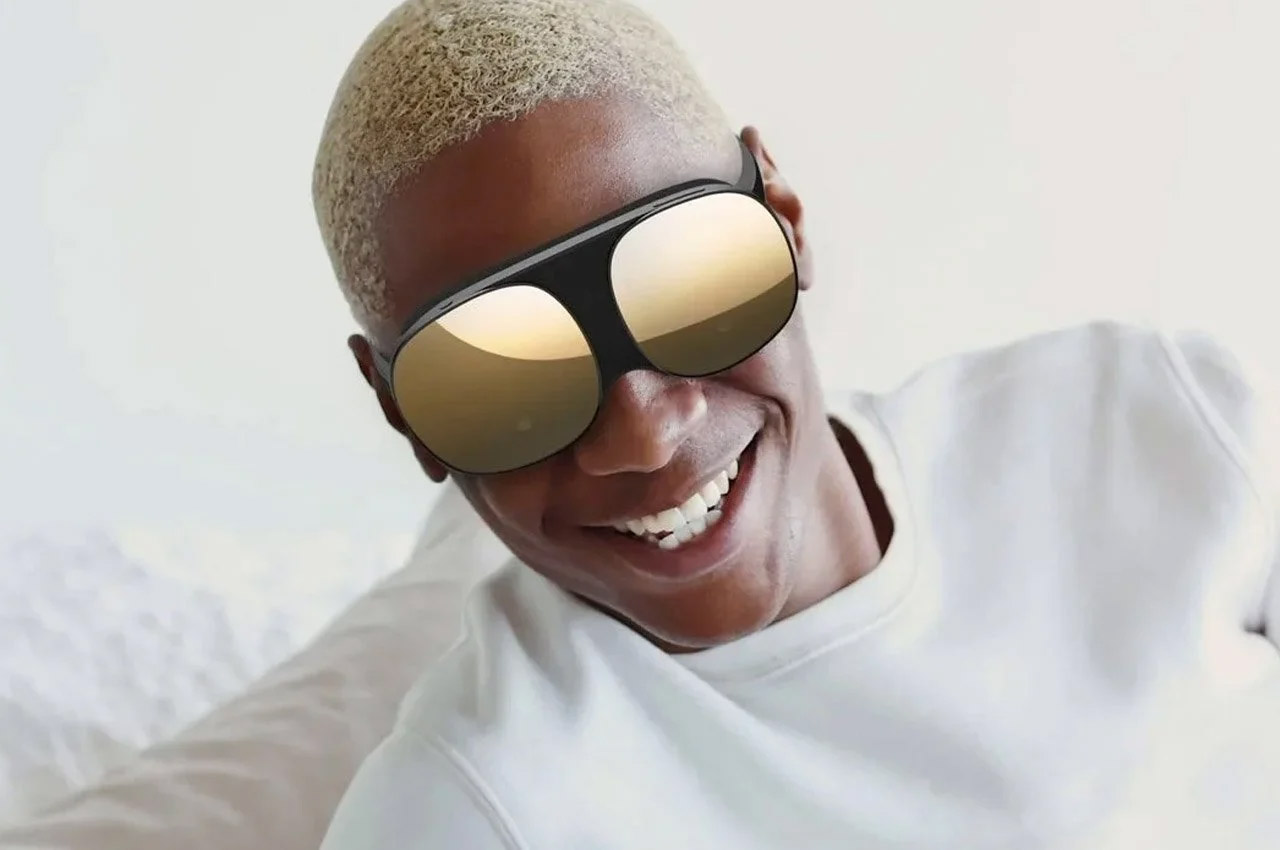
Immersing ourselves in a simulated world, far away from reality is always fun. And hence, Virtual Reality has been gaining a lot of momentum these days! Its applications and possibilities are endless. VR is extending its scope beyond gaming and providing functionality in a variety of fields. From business, education, entertainment to even fitness, VR is being utilized in almost all industries. And we’ve curated a collection of exciting VR designs that prove the true value of this emerging technology. From a virtual reality treadmill to the world’s tiniest VR headset – every single one of these designs will make you pro VR all the way. Enjoy!
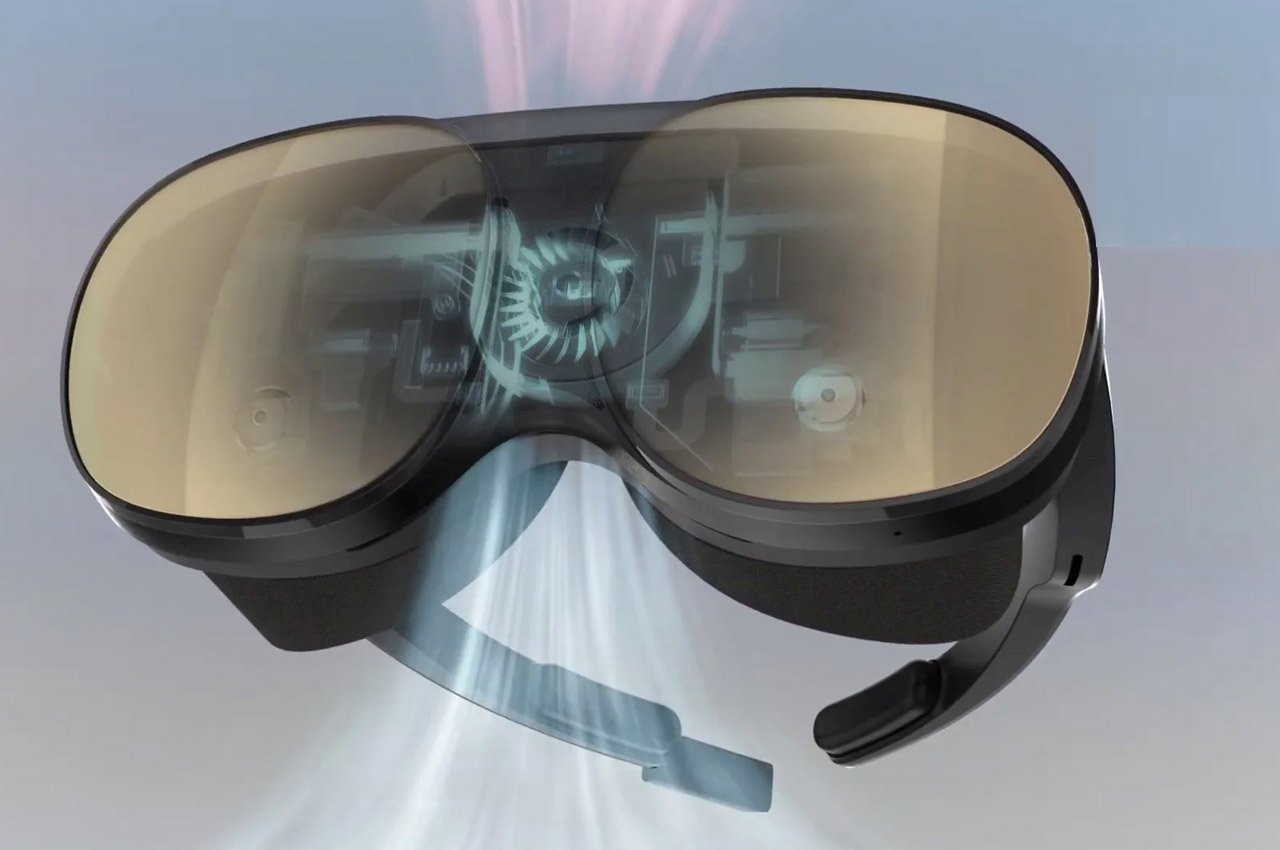
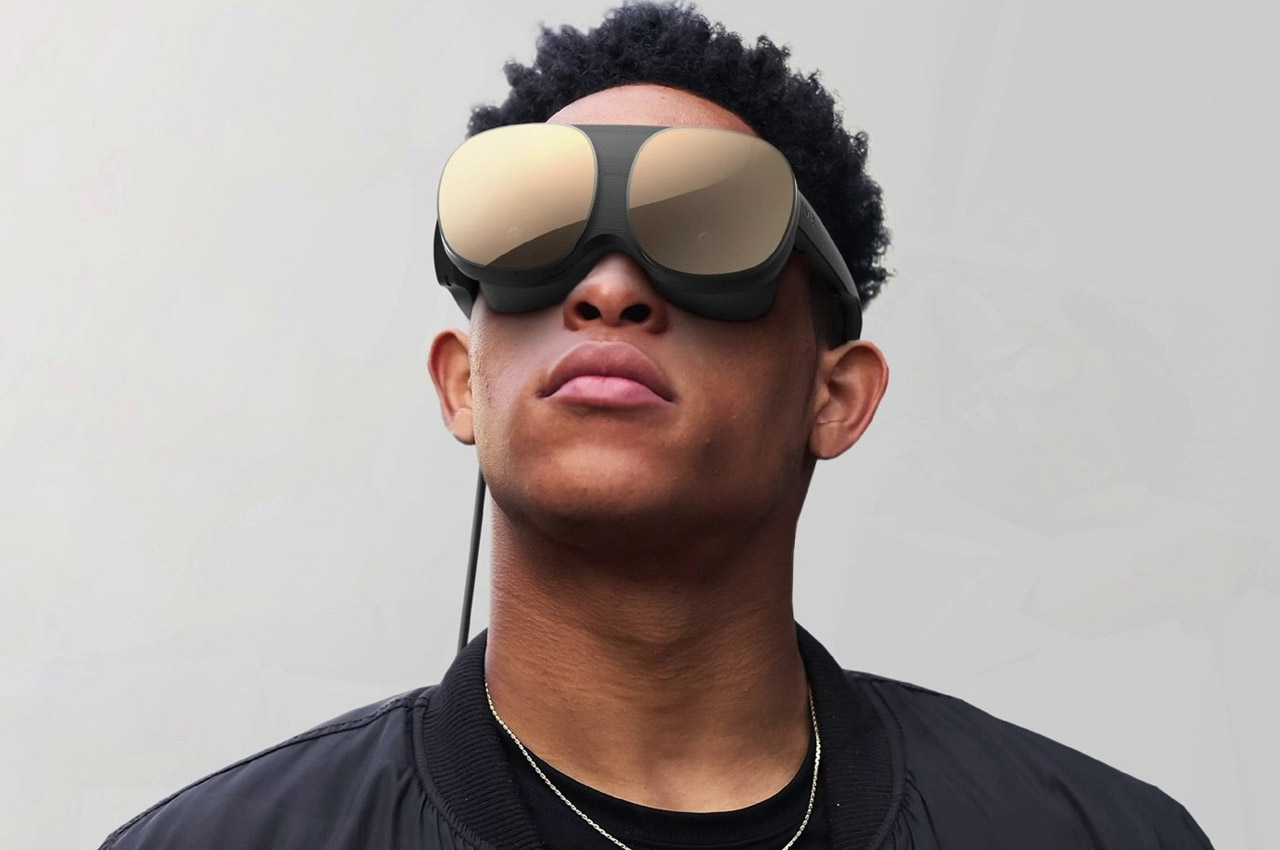
Interestingly the internet is going crazy with the freshly leaked images of the insect eyes like the HTC headset that gives off the futuristic vibe. The person in question is trusted leaker Evan Blass who has posted convincing images of HTC’s next-gen VR headset. The big question arises – will this HTC VR headset be able to compete with Oculus Quest 2? Evan has been posting a constant stream of tweets with photos of the said headset, building anticipation for the tech community. For neutral viewers, these images give a much better idea of how the Vive Flow VR headset will look like. It is not much different than the Project Proton concept headset in terms of the alienating presence.
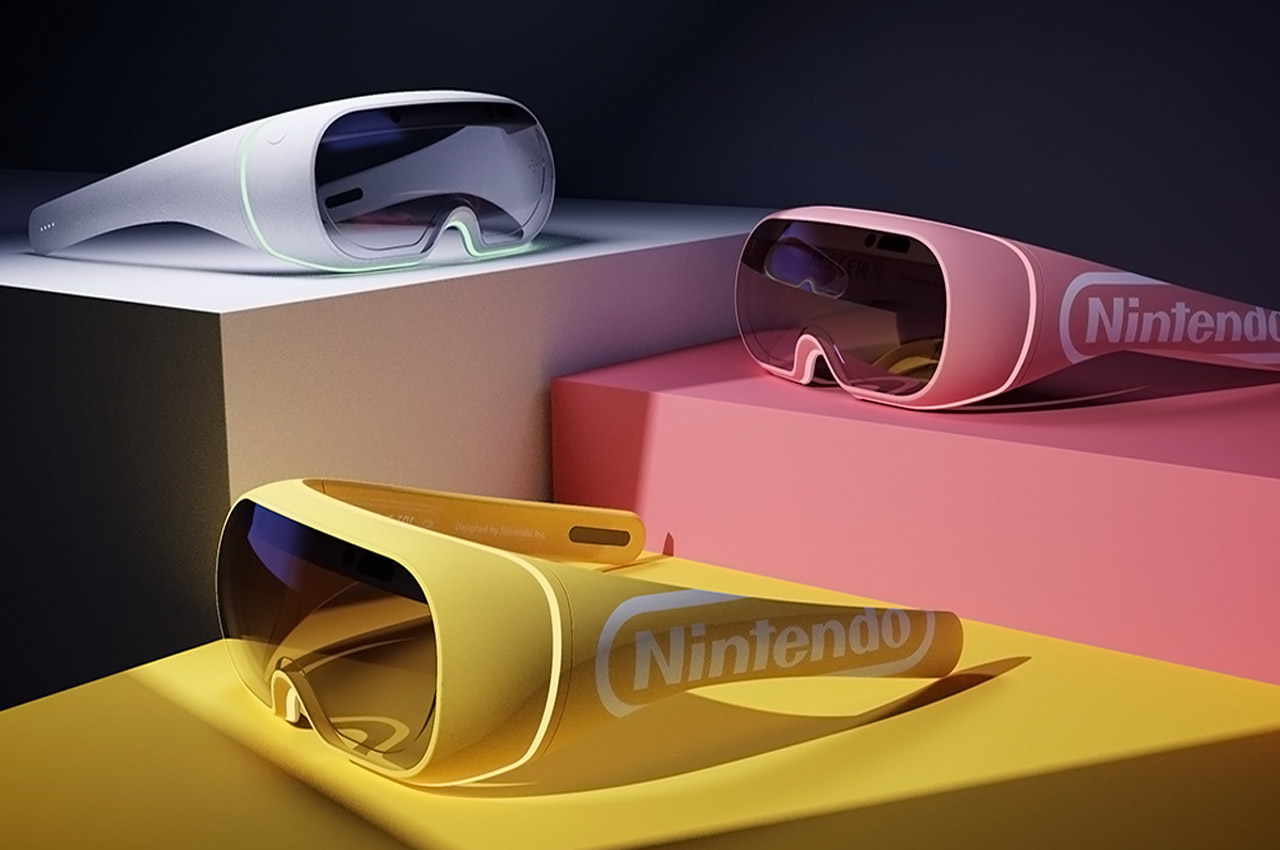
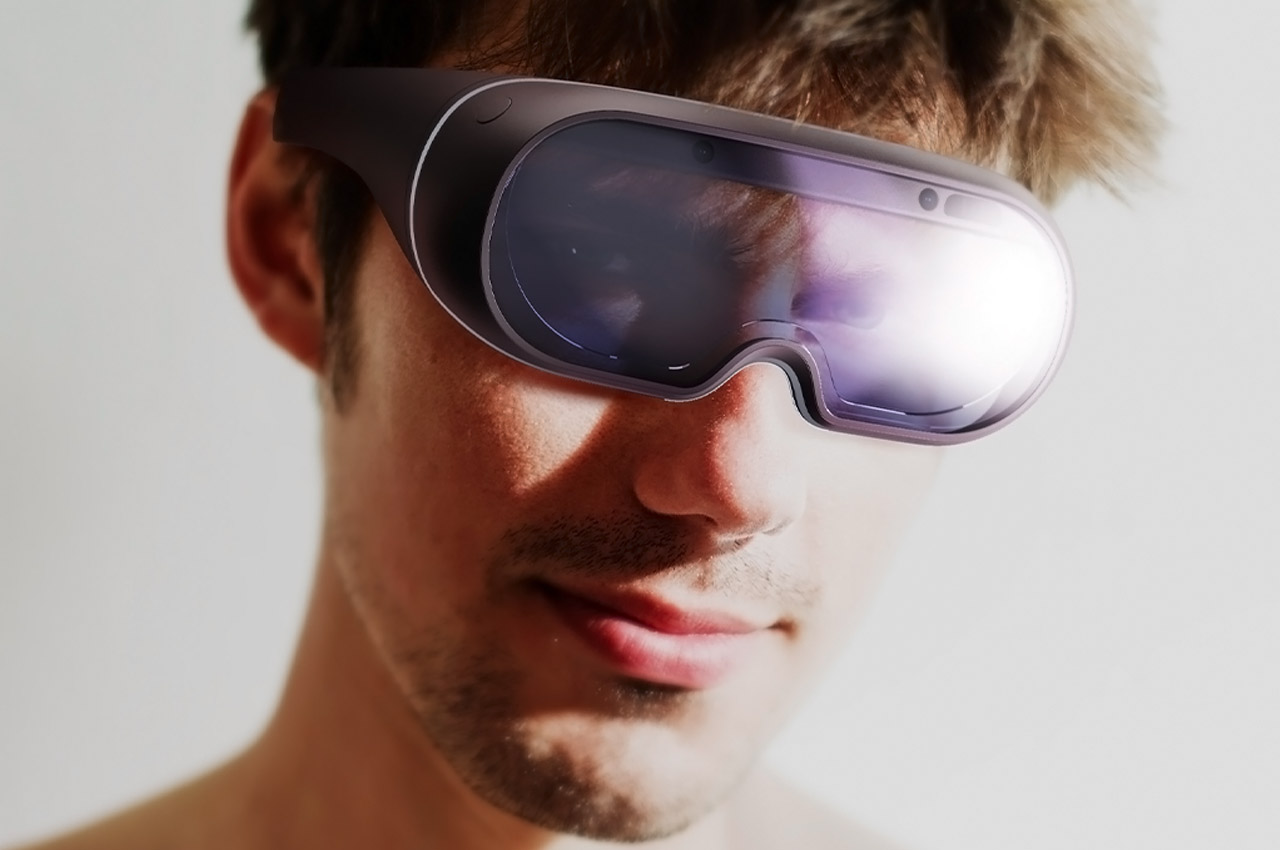
Following the trends of today in regard to retro aesthetics and gameplay mobility, Tsai reimagined Nintendo’s virtual reality experience with Nintendo Switch Joy-Glasses. Tsai recognized Nintendo Switch’s hybridity that allows it to transform from a handheld gaming tablet to a plugged-in video game console for the television. This gives Nintendo Switch players the option of bringing a gaming console with them anywhere, making Nintendo Switch a mobile gaming device. This mobile hybridity gives the Switch a leg-up, and with today’s gamers being so nostalgic, it’s no wonder VR games like Pokémon Go are such global successes. Further, on the game’s market triumph, Tsai writes, “Successfully tapping into 1990s nostalgia, [Pokémon Go] is attracting millions of Millennials…Taking advantage of this retro hype, it’s about time to refashion existing technology and create something unique to connect with more recent generations.”
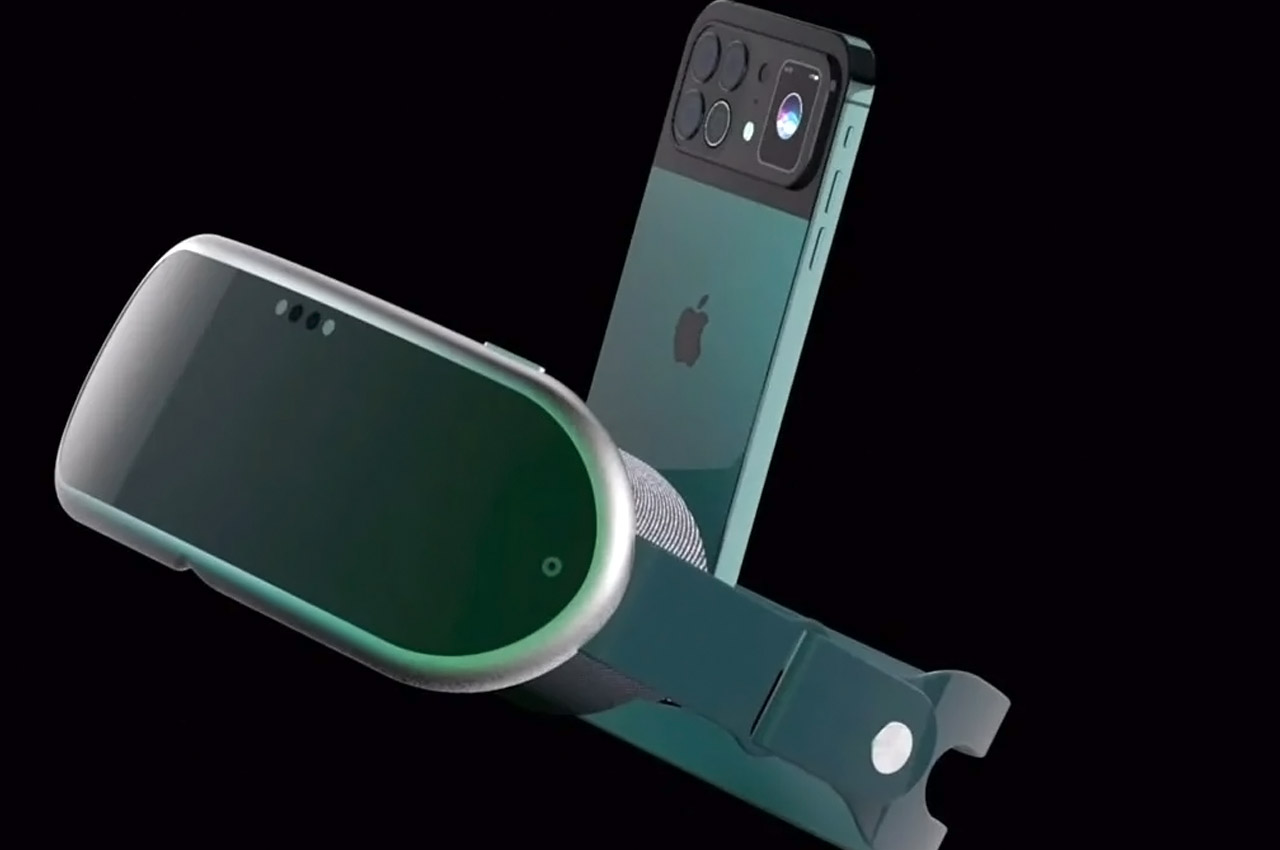
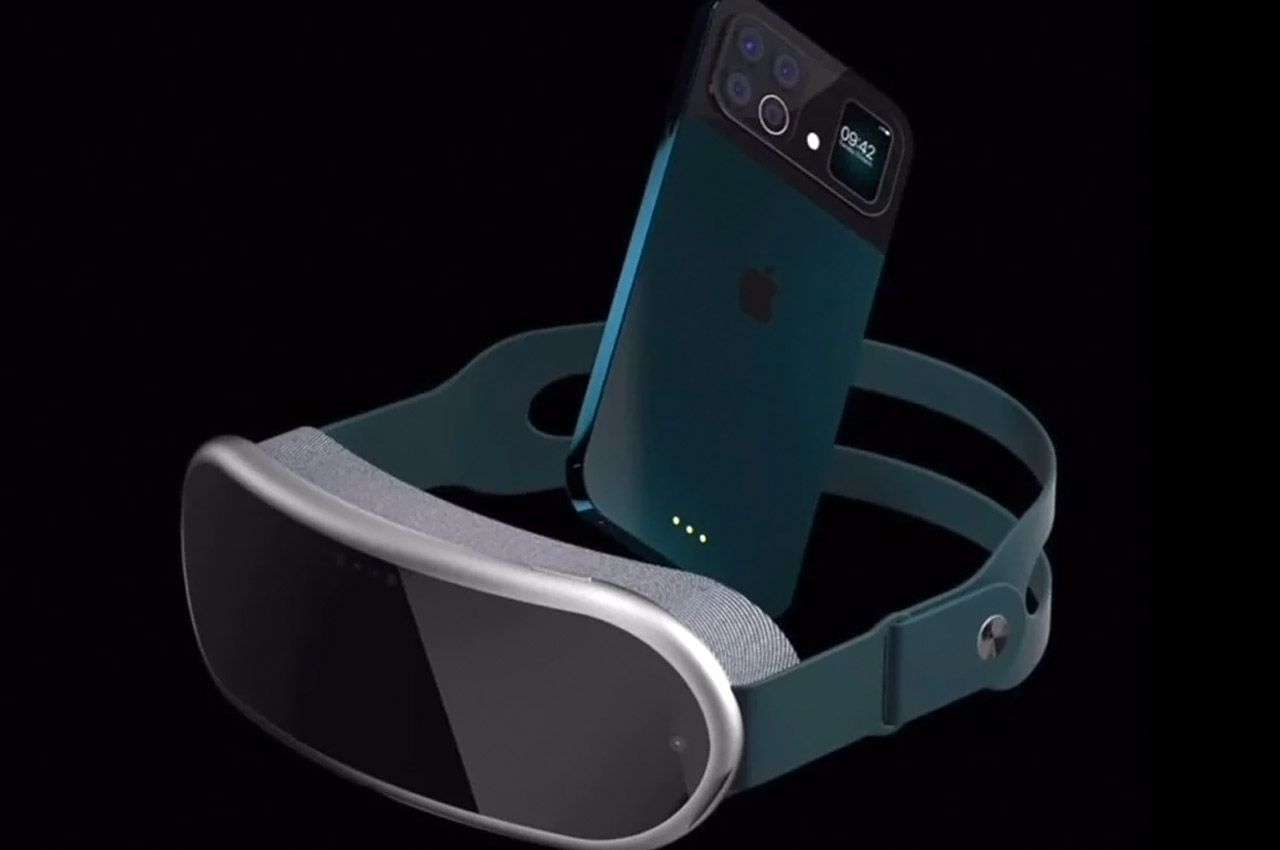
ConceptsiPhone has created a render of the two upcoming devices by Apple and mashed them together in a video dubbed iPhone 13 VR for creative writer’s delight. The VR headset is open to any imagination possible, and the folks over at ConceptsiPhone have taken that opportunity to show the world how the mixed reality headset will be like. It looks plush (after all it’s Apple) and is in sync with the design principles Apple has put in place for the headset – comfort and lightweight aesthetics. The strap looks reassuring as far as ergonomics go while the padding around the viewable area ensures utmost comfort. The concept shown here retains the iPhone 12 Pro’s DNA for the most part of it, and when you have a look at the rear camera module, it’s fresh nostalgia. The camera bump looks so strikingly similar to the newly launched Xiaomi Mi 11 Ultra flagship.
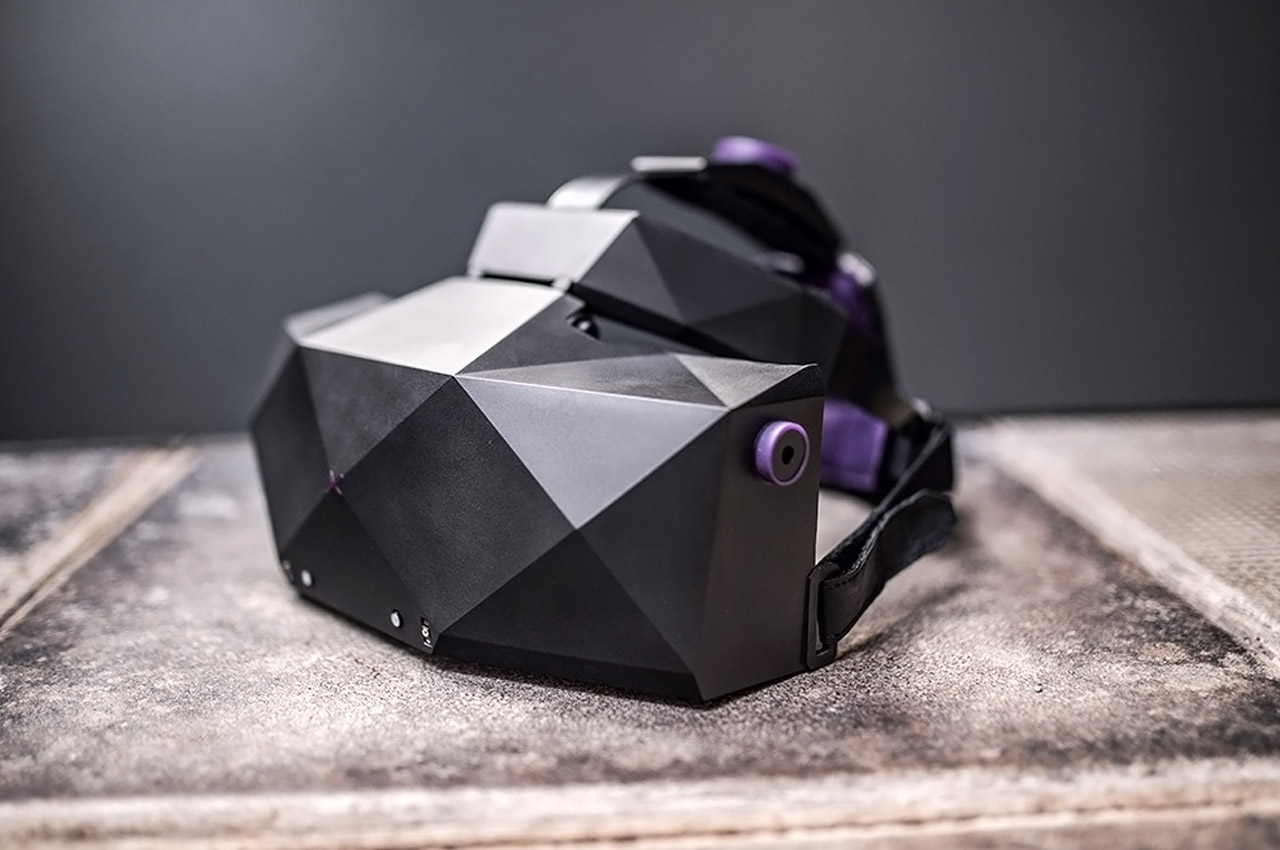
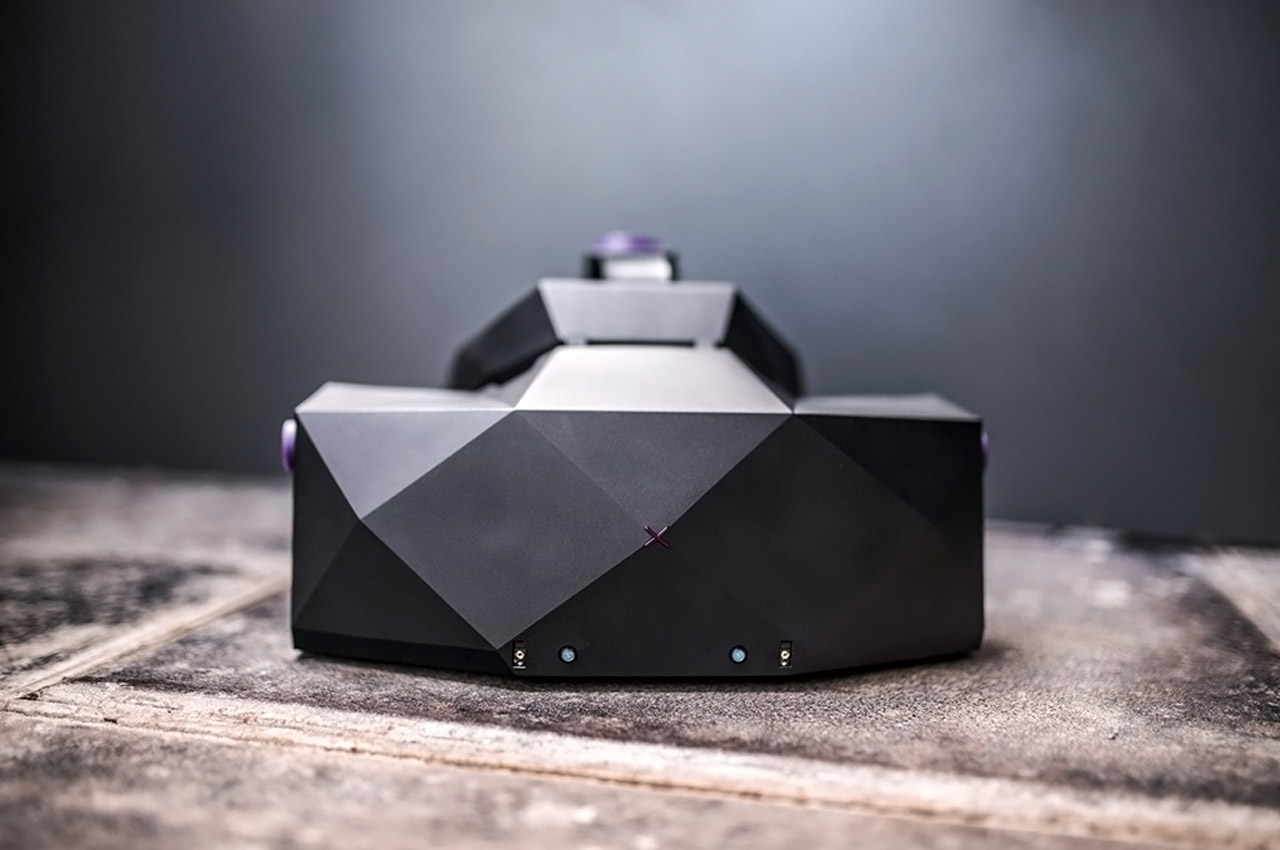
The latest version of XTAL comes with a host of technical upgrades. Most significant of which is the high-density LCDs with 4k resolution per eye (making a total of 8k horizontally) giving a crystal clear view assisted by foveated rendering capabilities, improved lenses with a 180-degree field of view, and eye-tracking capable of running at 210 fps. That’s not all. It comes with an embedded Ultraleap hand-tracking sensor and conveniently connects to a PC via a VirtualLink cable. Oh, and did I mention that you can get an AR mixed reality module as an add-on? Pretty awesome, don’t you think? So impressive that the US Airforce has already placed an order for the latest headsets to train their pilots in simulations. The people at VRgineers have even designed a helmet-mountable version for such cases.
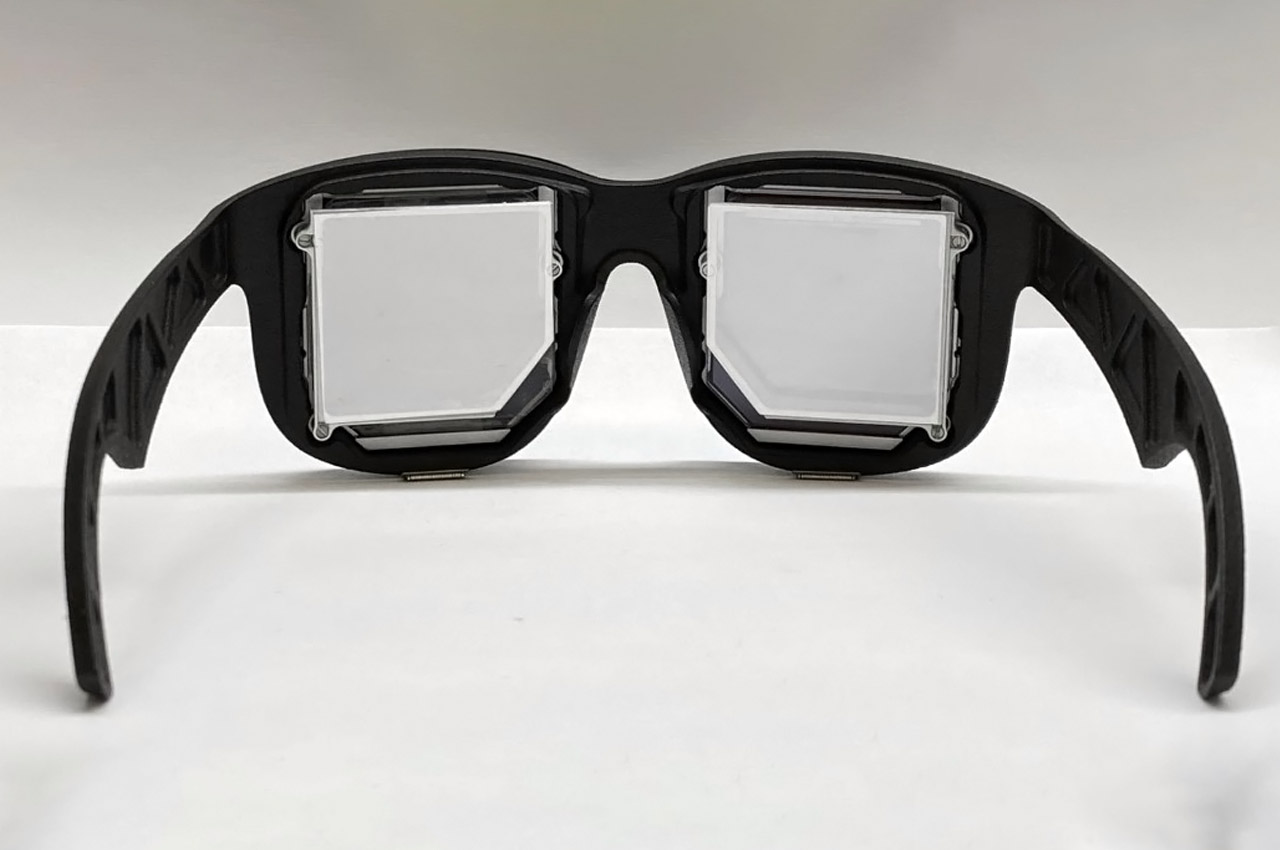
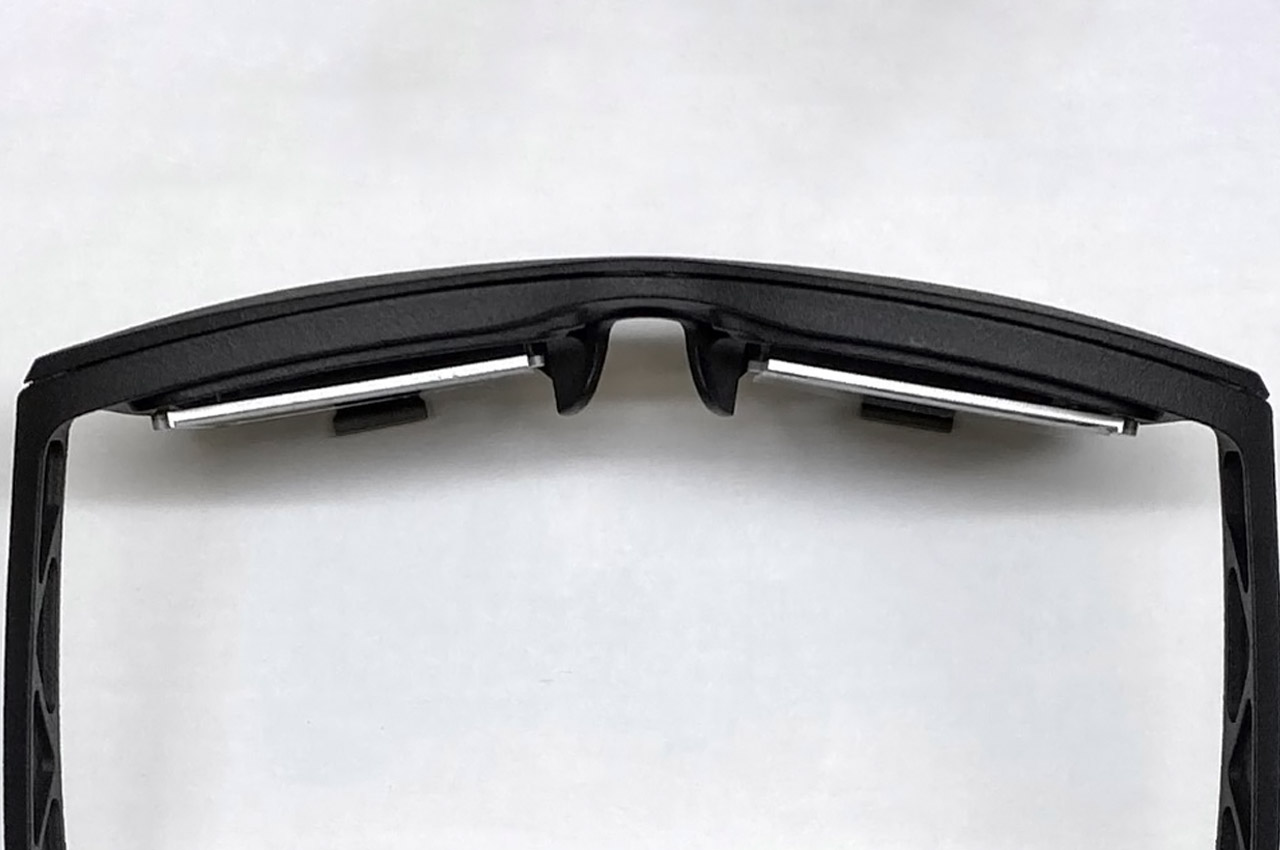
The creative minds sitting in Facebook’s Reality Labs (FRL), however, have been working on making VR headsets less clunky/bulky, and more like something you’d want to carry around and wear at work or at home. Facebook Reality Lab’s latest prototype VR wearable is, to mildly put it, ridiculously thin, measuring at just around 9mm. Designed to look like a pair of wayfarers, these glasses actually hold display units inside them, and Facebook’s research in viewing optics technology has helped them condense the headset from something that feels like a toaster strapped to your face, to a pair of frames that look like a pretty slick pair of shades.
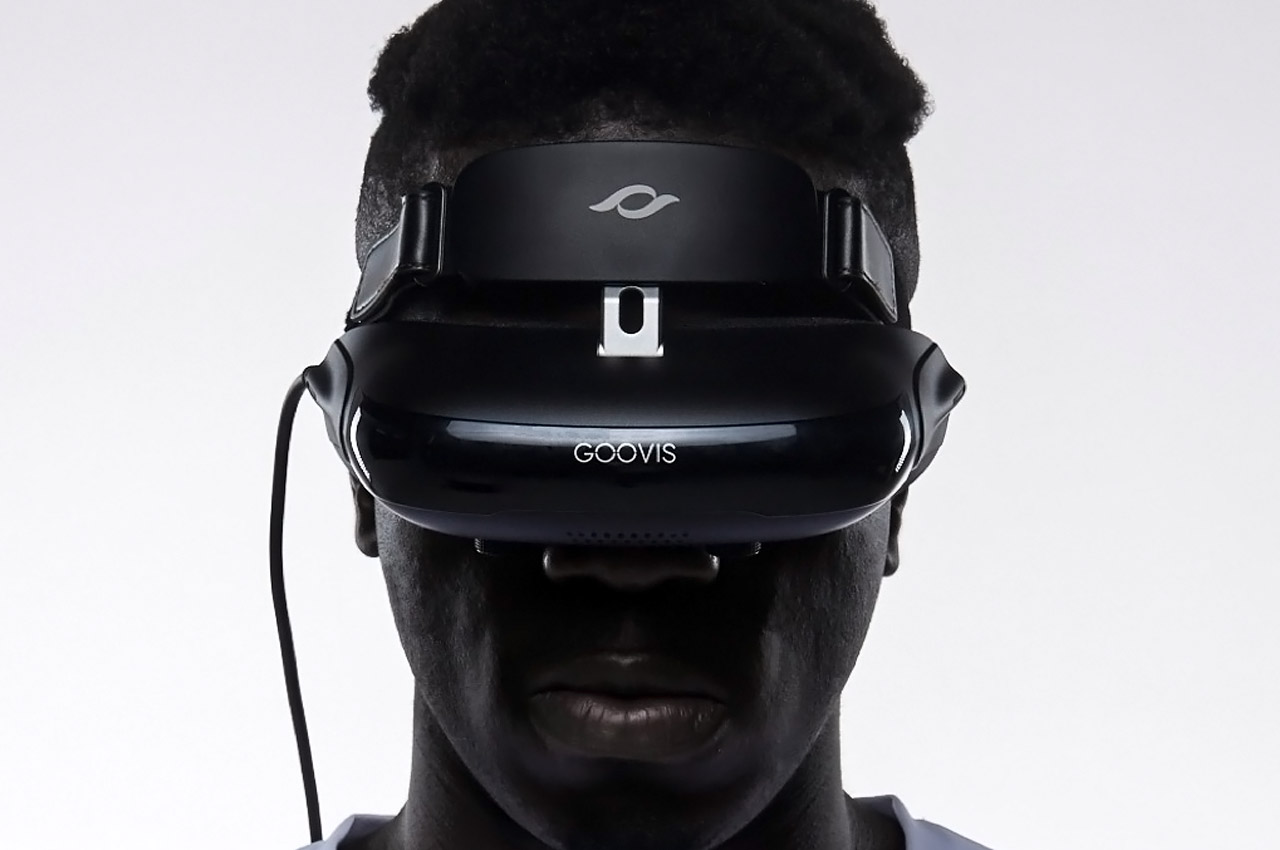
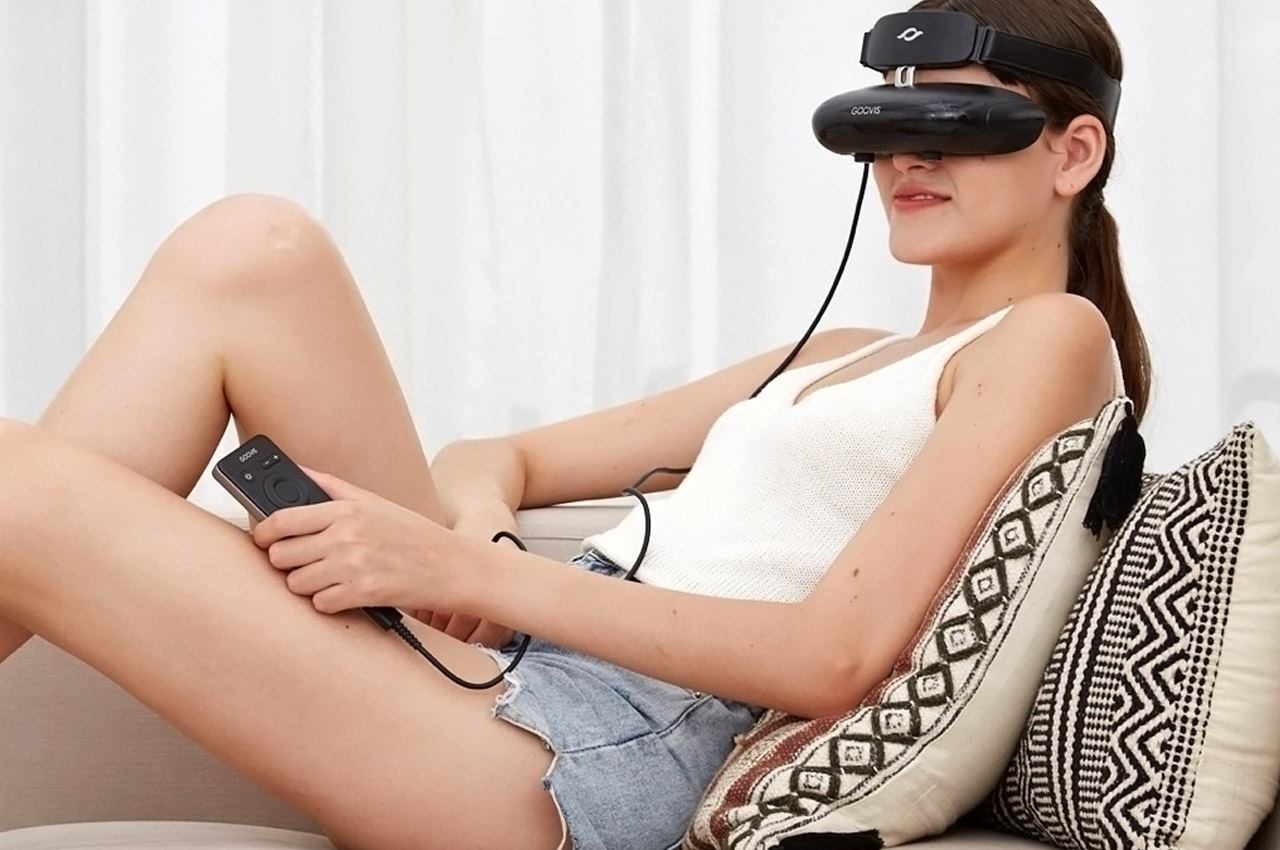
What the GOOVIS Young changes about VR is that it embraces the technology for entertainment purposes, and does it in the best way possible… not by being a face-mounted computer, but rather a face-mounted display that’s compatible with practically any of your devices. With a 1080p display on the inside that’s designed to feel like a theater with an 800-inch screen, the GOOVIS Young is a universal VR display you can connect to your phone, laptop, tablet, set-top box, or even your console, allowing it to act as a dedicated display for everything between working, gaming, watching movies, browsing the internet, or even doing the odd stuff like tapping into your drone’s camera for incredible HD POV-ing.
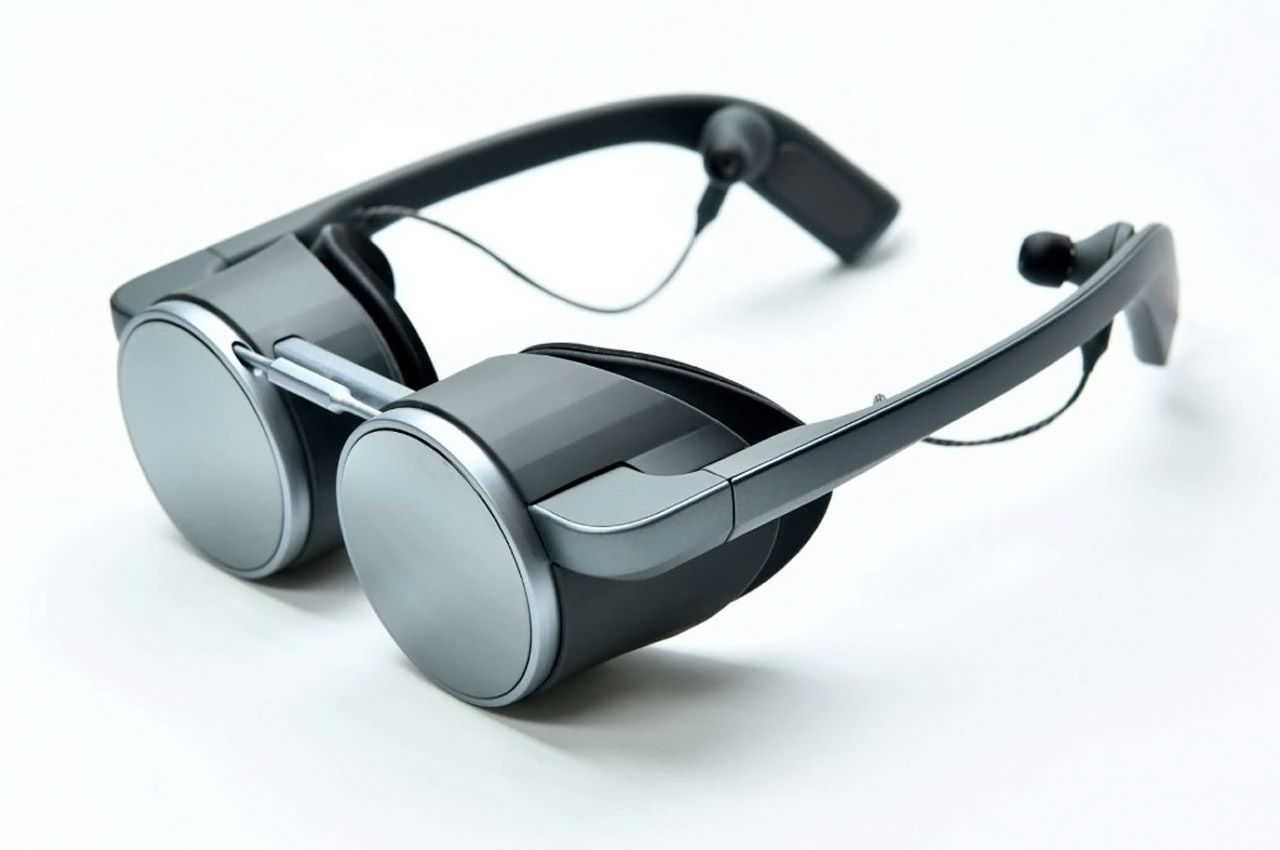
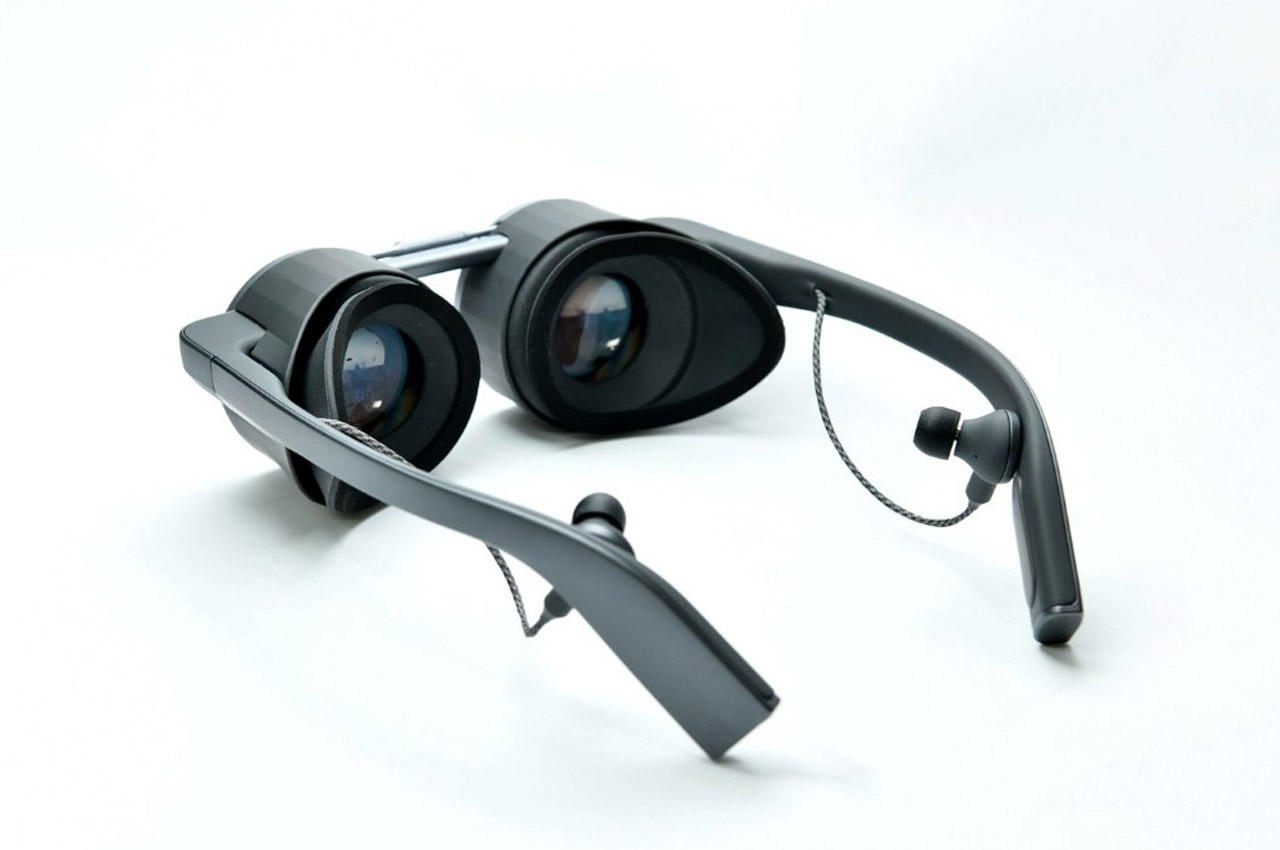
With an undeniably better form factor, and better image quality too, Panasonic’s VR glasses are classier and well, ‘glassier’ (as opposed to the massive ski-goggles that most VR headsets look like). Fitted with micro-OLED panels on the inside, the VR glasses can afford to be made smaller and have much better clarity too. In fact, unlike most VR headsets, you almost don’t notice the pixels in Panasonic’s product, allowing your VR world to be much more immersive because of its higher resolution. Panasonic also claims that they’re the first-ever VR glasses to support HDR, or a high dynamic range, allowing colors, saturation, brightness, and contrast to all be incredibly lifelike. The glasses (they’re obviously not headsets) also come fitted with Panasonic’s own audio technology, using Technics drivers in those tiny earbuds to provide crystal clear audio.
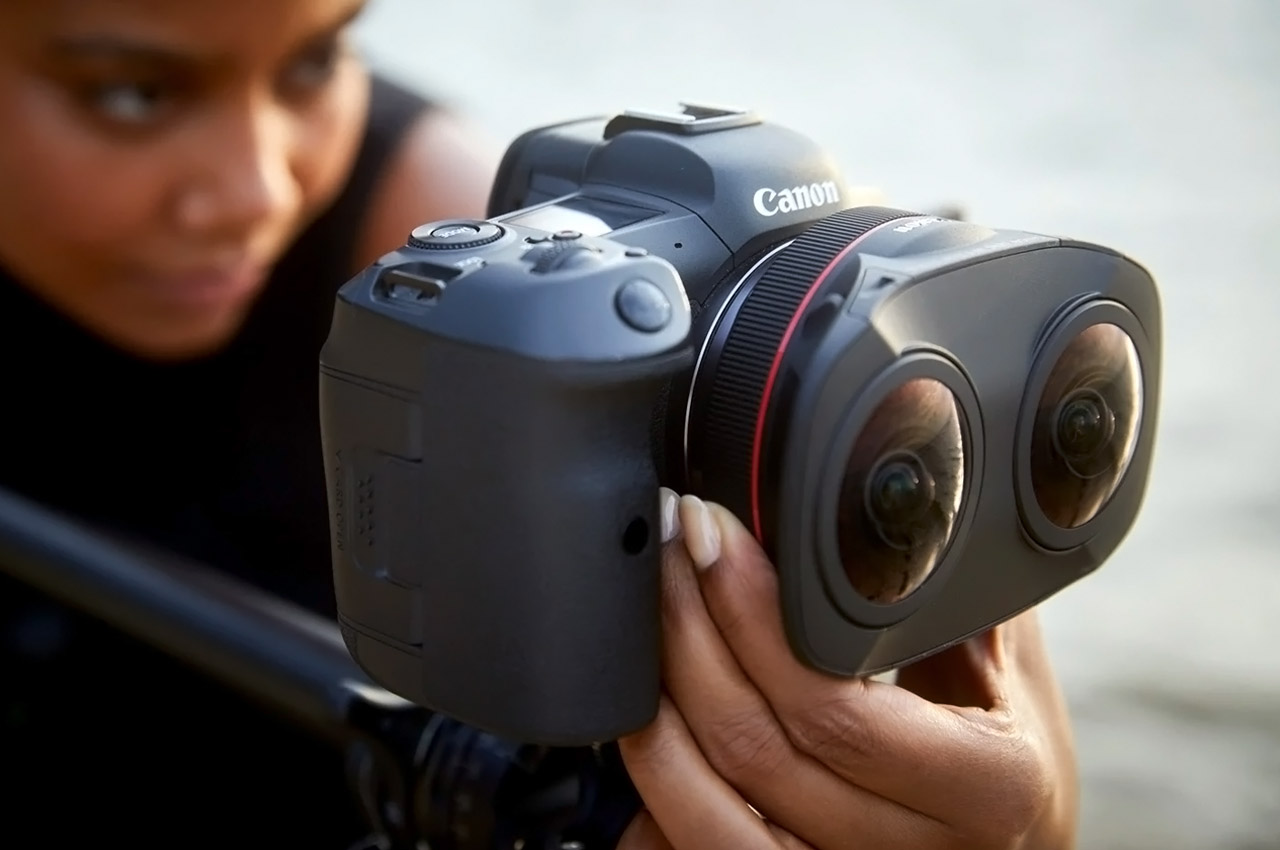
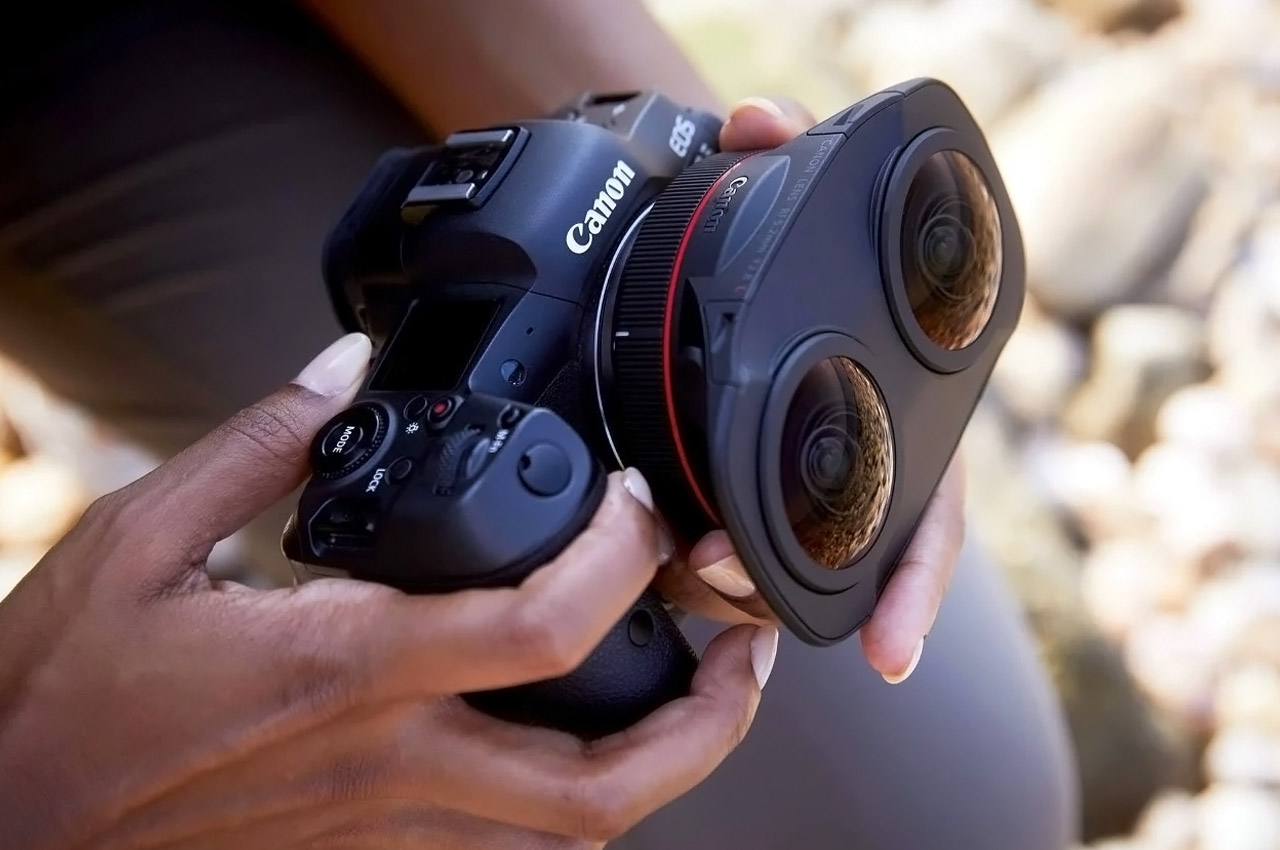
I bet you’re just as baffled as I am looking at Canon’s new RF5.2mm F2.8 L Dual Fisheye Lens. It almost looks anthropomorphic, with the way the two eyes stare at you, but in fact, what’s really marvelous is where Canon seems to be going with their cameras. DSLRs and Mirrorless cameras are already some of the most powerful shooters out there, and rather than ditching that entire ecosystem of cameras to move to newer camera types – like drones and AR/VR cameras, Canon has just embraced good old-fashioned innovation instead, with a newfangled lens that is compatible with their existing EOS range of cameras. The lens, when paired with the company’s 1.5.0 firmware update, enables the humble yet capable 2D camera to shoot SBS 3D content. Pair the lens with the EOS R5 mirrorless camera and suddenly you can perform high-resolution video recording at up to 8K DCI 30p and 4K DCI 60p.
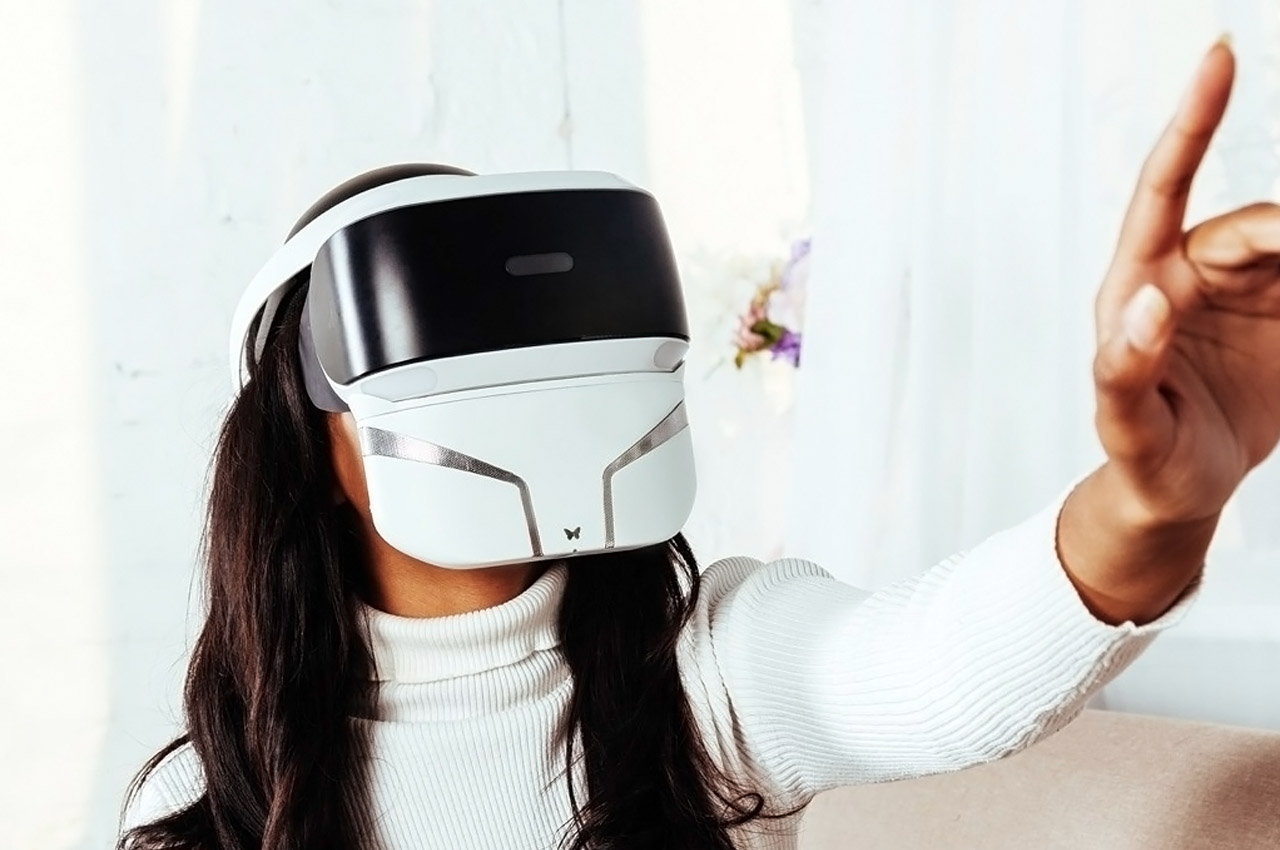
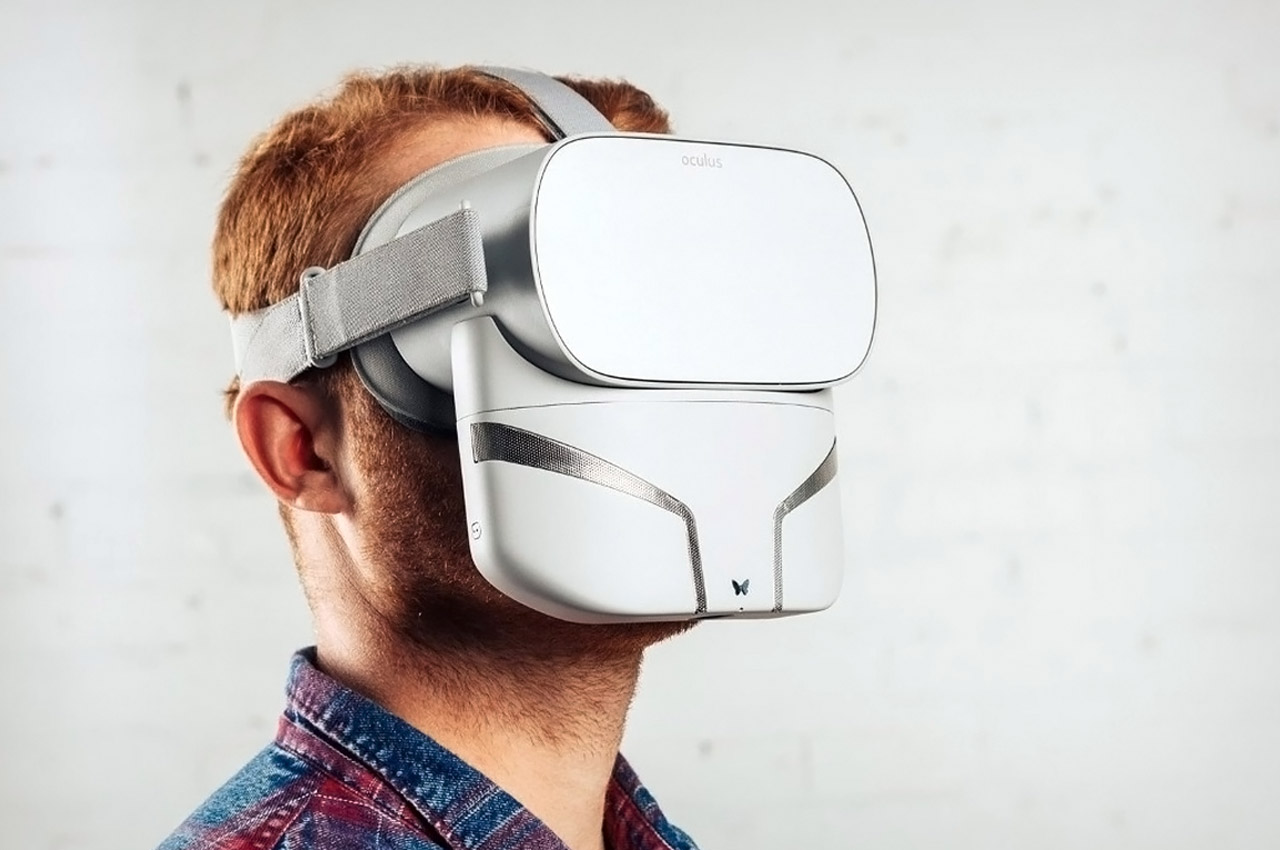
Compatible with a variety of games, movies, and multimedia content on platforms like YouTube VR, the Feelreal can generate a variety of aromas and smells, making you feel like you’re in the moment, whether it’s a forest, a race-track, or a battlefield. The Feelreal comes with a series of 9 aroma vials that combine to create as many as 255 different types of distinct smells, from flowers and petrichor, to food, to grease or gunpowder. The Feelreal goes the extra mile by providing a tactile experience too! It comes with its own water-spray, microheater (to simulate heat), and fan (to simulate wind), adding different layers to your audiovisual VR experience.
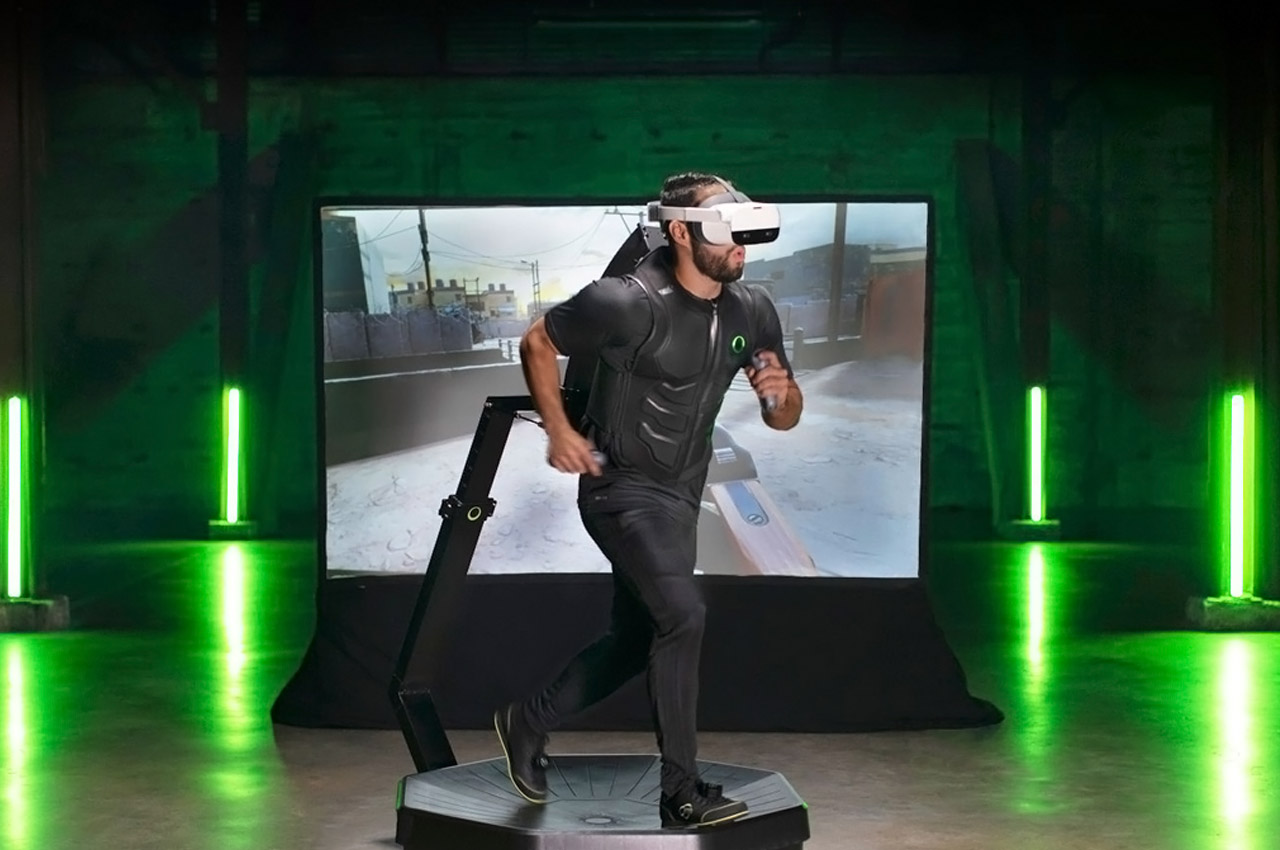
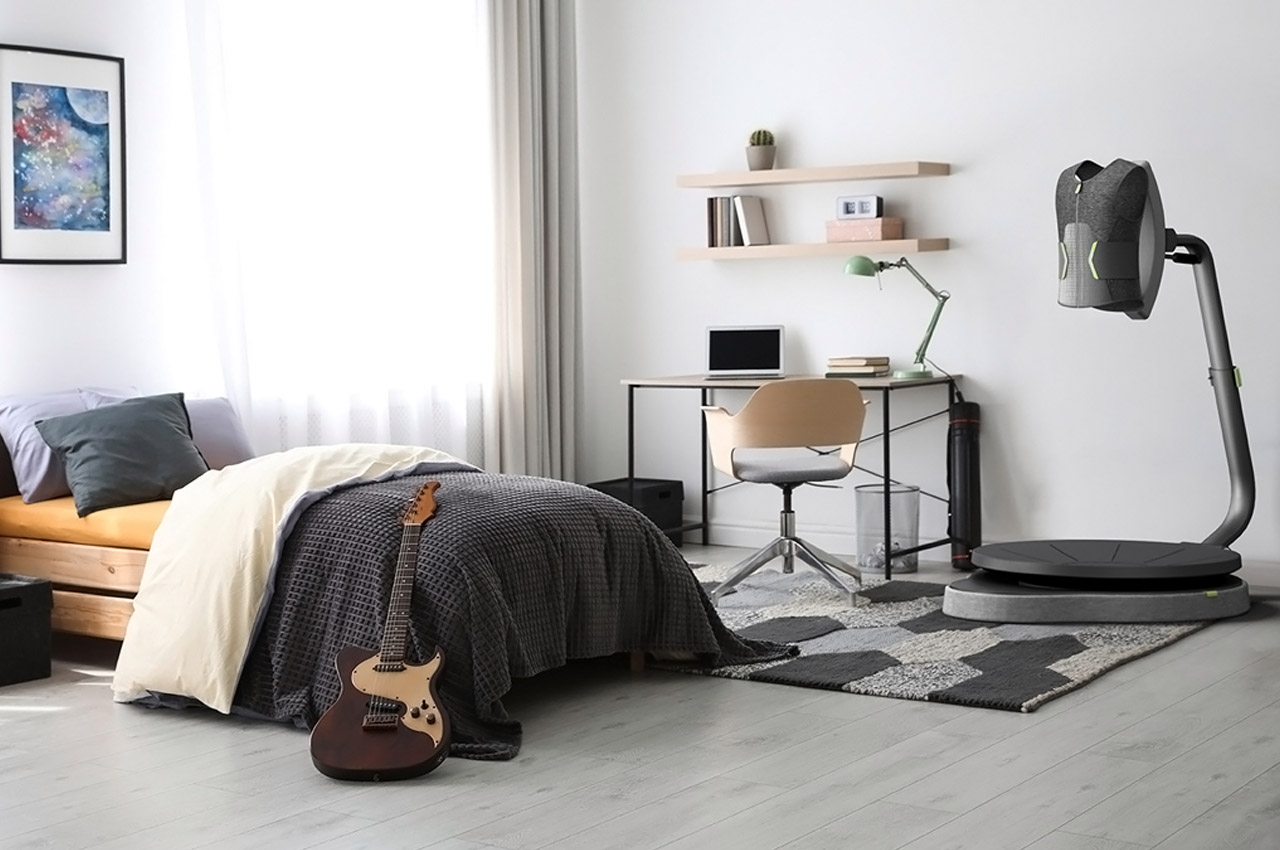
The Omni One by Virtuix – a virtual reality treadmill that’ll allow gamers to walk or run in 360-degrees inside video games and other virtual environments. The possibilities with Omni are unmatchable – it not only lets you walk but even jump, kneel, and crouch in the gaming world by mimicking the action on the treadmill in real life. Gamers who’ve tasted the VR flavor would have heard the name Virtuix before. The start-up is currently selling a commercial version of the Omni – “Omni Pro” – to entertainment venues in over 45 countries. Now, Virtuix is coming for the first time to our homes with Omni One treadmill aimed at pushing the bounds of in-home entertainment previously set by VR headsets.


